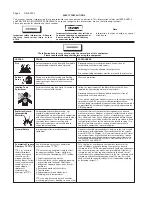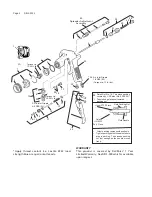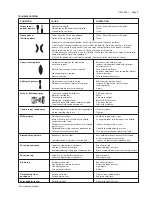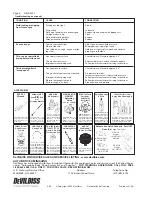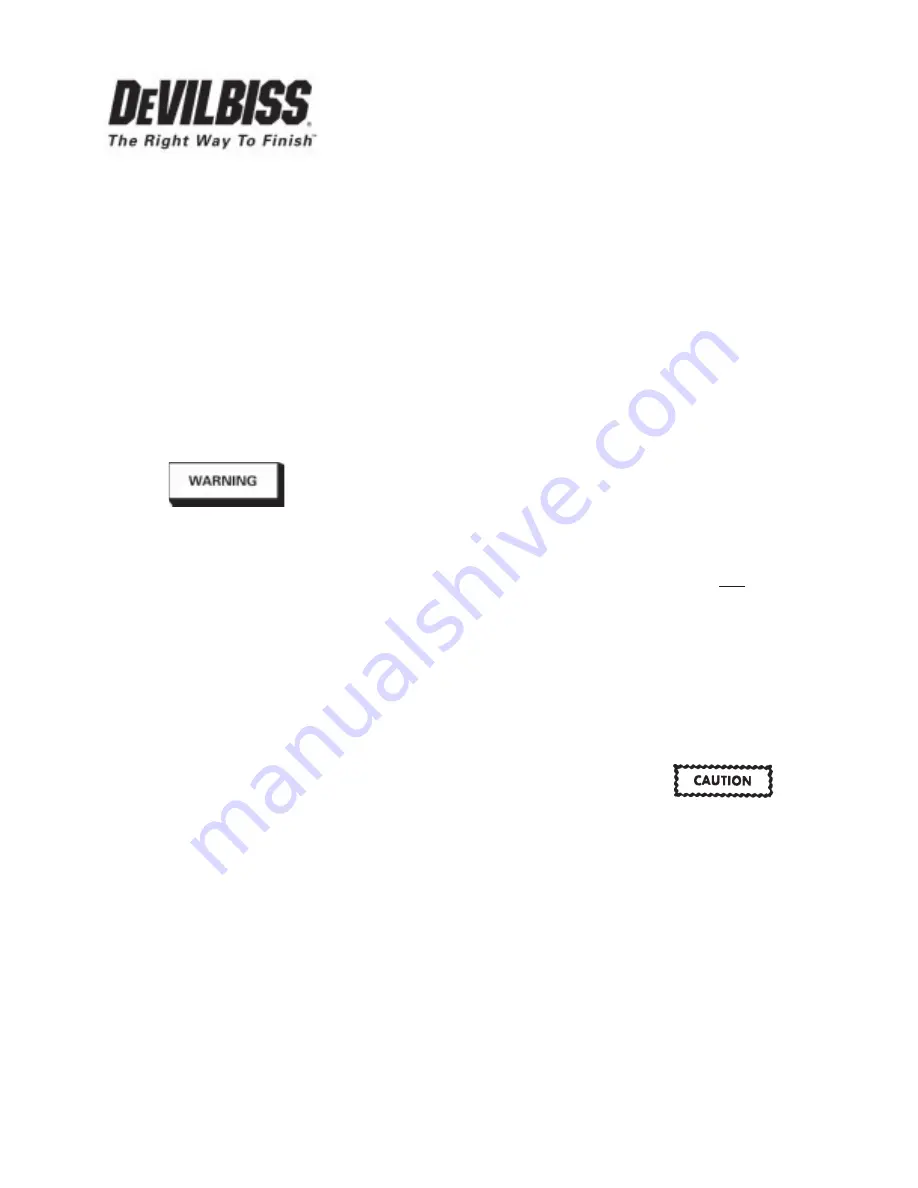
IMPORTANT: Before using this equip-
ment, read all safety precautions and in-
structions. Keep for future use.
SERVICE BULLETIN
SB-2-253-I
Replaces SB-2-253-H
■
Major Repair Kit KK-4987-2
Minor Repair Kit KK-5034
JGA-503 CONVENTIONAL SPRAY GUN
Note
Protective coating and rust inhibitors
have been used to keep the gun in
good condition prior to shipment. Be-
fore using the gun, flush it with sol-
vents so that these materials will be
removed from fluid passages.
OPERATION
Mix, prepare and strain the material to be
sprayed according to the paint
manufacturer's instructions.
Strain material through a 60 or 90 mesh
screen.
1 .
Fill the suction or pressure feed cup
with the material. Do not overfill. Make
sure that the cup lid vent hole is clear,
if using a suction cup.
2 .
Turn on the gun air at the source of
supply. Adjust the atomization air pres-
sure to 35 psi.
3 .
Turn on the supply air to the pressure
cup if used.
4 .
Open the spreader adjustment valve
(25) (Fan) by turning the valve stem
counter-clockwise.
5 .
Open the fluid needle adjusting screw
(28) by turning counter-clockwise.
6 .
Spray a test area.
If the finish is too sandy and dry, the
material flow may be too low for the atomi-
zation air pressure being used.
If the finish sags, there is too much material
flowing for the atomization air pressure
being used.
Both of the above can be corrected by
increasing or decreasing the atomization
air pressure or the material flow. Pattern
width can be altered by turning the spreader
adjustment valve (25), either clockwise to
decrease the width or counter-clockwise
to increase the width.
See Spray Gun Guide SB-2-001 (latest
revision) for details concerning set up of
spray guns.
DESCRIPTION
The standard JGA-503 spray gun is a
general purpose, heavy duty, high produc-
tion spray gun suitable for use with most
types of materials. The fluid passageway is
plated brass, aluminum and stainless steel.
The fluid tip and needle is stainless steel.
Halogenated hydrocarbon solvents
- for example; 1, 1, 1 - trichloroethane
and methylene chloride - can chemi-
cally react with the aluminum in
this gun and cause an explosion
hazard. Read the label or data sheet
for the material you intend to
spray. Do not use spray materials
containing these solvents with this
spray gun.
Important: This gun may be used with
most common coating and finishing ma-
terials. It is designed for use with mildly
corrosive and nonabrasive materials. If
used with other high corrosive or abra-
sive materials, it must be expected that
frequent and thorough cleaning will be
required and the necessity for replace-
ment of parts will be increased.
INSTALLATION
1 .
Attach the air supply line to the air
inlet (24). An air transformer installed
as close as possible to the gun will
provide filtered and regulated air.
Note
When larger diameter air hoses
are used, it is advisable to use an
8' or 10' "whip end" or a smaller
diameter hose at the gun for
greater flexibility or movement.
2 .
Attach the suction feed cup or fluid
hose to the material inlet.
PREVENTIVE MAINTENANCE
To clean air cap and fluid tip, brush exterior
with a stiff bristle brush. If necessary to
clean cap holes, use a broom straw or
toothpick.
Never use a wire or hard in-
strument.
This may scratch or burr holes
causing a distorted spray pattern.
To clean fluid passages, remove excess
material at source, then flush with a suit-
able solvent using a device such as the
SolventSaver™ (see Accessories). Wipe
gun exterior with a solvent dampened
cloth. Never completely immerse in sol-
vent as this is detrimental to the lubricants
and packings.
Note
When replacing the fluid tip or fluid
needle, replace both at the same
time. Using worn parts can cause
fluid leakage. Matched or lapped
sets are available for most pressure
feed combinations. See Chart 3.
Sets are particularly recommended
with thinner, less viscous materials.
Also, replace the needle packing at
this time. Lightly lubricate the
threads of the fluid tip before reas-
sembling. Torque to 15-20 ft. lbs.
Do not overtighten the fluid tip.
To prevent damage to the fluid tip
(4) or fluid needle (4), be sure to
either 1) pull the trigger and hold
while tightening or loosening the
fluid tip or 2) remove fluid needle
adjusting screw (28) to relieve
spring pressure against needle
collar.
■
Government NSN No. 4940-01-046-9919 = KK-4987-2


